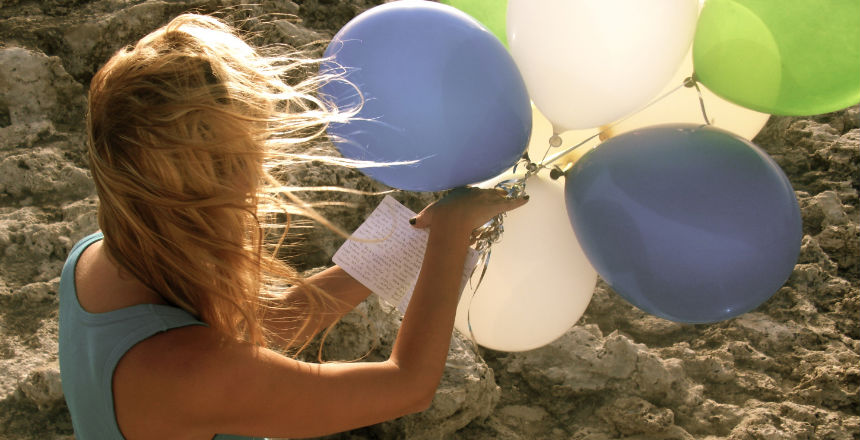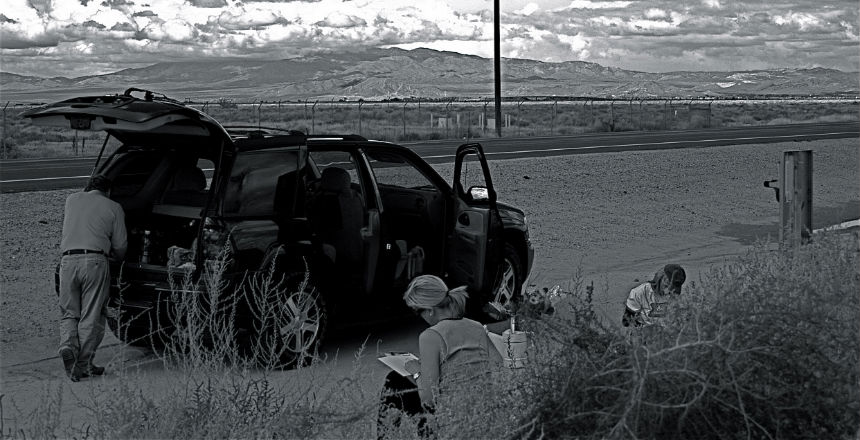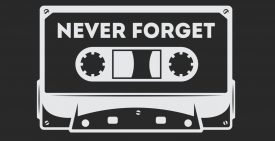In the five years since my 40-year-old husband, Alberto, died of a sudden heart attack, I’ve had a recurring nightmare involving his funeral.
Specifically, I’m tasked with planning it all over again. Making the awful phone calls. Writing the obit. Delivering the eulogy. I wake in a sweaty panic that evaporates only when I remember that it’s no longer 2009.
The dream usually comes to me in the month leading up to his March 15 deathiversary: a not-so-subtle nudge to make a plan for the date. Whether it’s the first, fifth or fifteenth year since your loss, anniversary reactions can be strong. Our lives were permanently altered on that date, and there’s no shame in acknowledging it. While there’s no one-size-fits-all prescription for a deathiversary, my hope is that these ideas offer a guide for making your annual peace.
1. Take the day off work.
If you’ve ever tried to take a midterm or make a client presentation on a deathiversary, there’s no explanation required here. Grief can be sneaky and emotions unpredictable, so give yourself space to let them surface. You don’t have to hole up with your iPhoto library, a box of Kleenex and your Adele playlist (unless you want to), but consider avoiding situations where your A-game — or a high level of focus — is required.
2. Plan something that acknowledges the deceased.
In Year One, this translated into spreading Alberto’s ashes all over Havana alongside his mother. But in Year Three, it meant reorganizing our home office and boxing up the yellowing love notes still taped to its walls. Beyond the obvious visit to a grave or scattering site, some people spend this day getting a memorial tattoo or going to a concert that reminds them of the deceased. A close friend of mine gathers friends and family each year for annual enchiladas and beers at his late father’s favorite restaurant. Your own tribute can be as simple as using their picture as your Facebook profile photo for 24 hours.
3. Put a few friends or relatives on-call.
For my husband’s second deathiversary, I’d planned to spend the day seeing a retrospective for an artist who Alberto admired. I couldn’t predict my headspace in advance so I asked three girlfriends — with vastly different personalities — to save the date for me. My intention was to decide that morning which pal to call for companionship, but on March 15 I woke up with a severe cold. I canceled on everyone and spent the day watching news coverage of Japan’s devastating tsunami between sneezing fits. Seeing footage of so many villagers who’d lost their homes, entire families and possessions gave me an unexpected but well-timed perspective check. My takeaway: over-prepare … and then go with the flow. If you wake up on the deathiversary wanting to be alone with your memories, people will understand. But realizing you suddenly need a friend who now has a scheduling conflict will add stress to an already emotional day.
4. Write a letter or message to the deceased.
Cue the eye-rolling, but this one has been a staple in my grief journey. Since Nov. 10, 1994, when my 18-year-old brother died in a car accident, my parents and I have gathered at the crash site to write Phil an annual letter. We leave our notes at his roadside memorial, and if the wind hasn’t carried them away a year later, we’ve shared our private letters with one another. If writing is cathartic for you, do it any day of the year. I’ve tied balloons to birthday cards for Alberto and released them. I’ve also sent him posthumous Facebook messages on a random Thursday. When you find an approach that fits, stick with it. (And if it stops fitting, see #5.)
5. Let the ritual evolve.
My parents and I used to host a kegger to mark the date of Phil’s car crash. But after 17 years, the party had run its course: a handful of his friends still showed up but they did more drunk-arguing than honoring. So the next year, my parents and I booked hotel rooms in San Clemente, the same California beach where we used to vacation as a family. We gathered shells on morning walks and, on a rainy day, ordered room service and watched an on-demand movie. The three of us headed home with a sense of nostalgia and togetherness — no damage control required. If your rituals leave you feeling more hurt than healed, give yourself freedom to make adjustments. This is, after all, your own grief path.
As Alberto’s deathiversary approached this year, I decided to spend it outside my comfort zone. I accepted an invitation to the 30th birthday party of a New York City-based reader. So on March 15, I toasted that fellow alongside his partner and relatives, a mariachi band and several of my girlfriends. I experienced no shortage of tearful moments, but by midnight on the Ides of March, the date officially felt more celebratory than mournful.
Tré Miller Rodríguez is the author of “Splitting the Difference: A Heart-Shaped Memoir” and the popular Tumblr WhiteElephantInTheRoom.com. She is an award-winning copywriter whose essays have appeared in The New York Times, Manhattan Magazine and on the Huffington Post.











